Implementing an effective Application Security Programme: Strategies, practices and tools for optimal results
AppSec is a multifaceted, comprehensive approach that goes well beyond simple vulnerability scanning and remediation. The constantly changing threat landscape coupled with the rapid pace of technological advancement and the growing complexity of software architectures calls for a holistic, proactive approach that seamlessly incorporates security into every phase of the development lifecycle. This comprehensive guide will help you understand the essential components, best practices and cutting-edge technology that support an extremely efficient AppSec program. It empowers companies to increase the security of their software assets, minimize risks and promote a security-first culture. https://www.linkedin.com/posts/qwiet_free-webinar-revolutionizing-appsec-with-activity-7255233180742348801-b2oV At the core of a successful AppSec program is a fundamental shift in thinking which sees security as a crucial part of the process of development, rather than an afterthought or a separate task. This paradigm shift requires close cooperation between security, developers operations, and the rest of the personnel. It helps break down the silos that hinder communication, creates a sense shared responsibility, and encourages a collaborative approach to the security of apps that they create, deploy, or maintain. DevSecOps lets companies integrate security into their development processes. This means that security is taken care of at all stages beginning with ideation, design, and deployment, through to the ongoing maintenance. One of the most important aspects of this collaborative approach is the creation of specific security policies that include standards, guidelines, and policies which establish a foundation for secure coding practices vulnerability modeling, and threat management. These guidelines should be based upon the best practices of industry, including the OWASP top ten, NIST guidelines and the CWE. They should also take into consideration the distinct requirements and risk that an application's and their business context. These policies could be codified and made easily accessible to everyone in order for organizations to implement a standard, consistent security policy across their entire application portfolio. ai in appsec It is important to fund security training and education programs that aid in the implementation of these guidelines. The goal of these initiatives is to provide developers with the expertise and knowledge required to write secure code, identify potential vulnerabilities, and adopt security best practices throughout the development process. Training should cover a wide array of subjects, from secure coding techniques and common attack vectors to threat modelling and design for secure architecture principles. Organizations can build a solid base for AppSec through fostering an environment that promotes continual learning, and giving developers the resources and tools they require to incorporate security into their work. In addition to training organisations must also put in place rigorous security testing and validation methods to find and correct weaknesses before they are exploited by malicious actors. This requires a multilayered approach, which includes static and dynamic analysis methods as well as manual code reviews and penetration testing. Static Application Security Testing (SAST) tools can be used to analyze the source code to identify vulnerable areas, such as SQL injection, cross-site scripting (XSS), and buffer overflows in the early stages of the development process. Dynamic Application Security Testing tools (DAST), on the other hand, can be used to simulate attacks on applications running to find vulnerabilities that may not be identified through static analysis. Although these automated tools are essential for identifying potential vulnerabilities at large scale, they're not an all-purpose solution. Manual penetration testing conducted by security professionals is essential to discover the business logic-related weaknesses that automated tools might not be able to detect. Combining automated testing and manual validation, businesses can obtain a more complete view of their security posture for applications and prioritize remediation efforts based on the impact and severity of the vulnerabilities identified. Organizations should leverage advanced technologies like artificial intelligence and machine learning to enhance their capabilities for security testing and vulnerability assessment. AI-powered tools are able to analyze huge amounts of code and application data, and identify patterns and irregularities that could indicate security problems. These tools also be taught from previous vulnerabilities and attack patterns, continuously increasing their capability to spot and prevent emerging security threats. A particularly exciting application of AI in AppSec is the use of code property graphs (CPGs) that can facilitate more precise and effective vulnerability ide
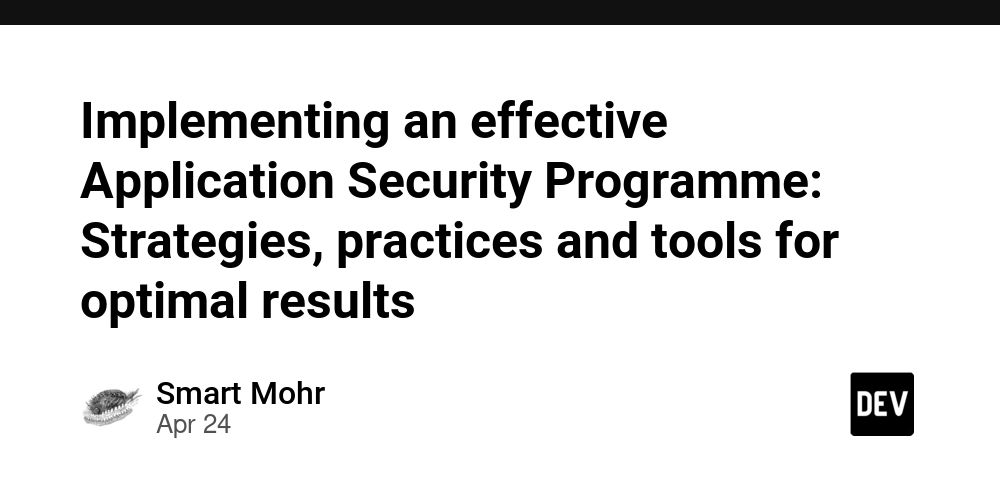
AppSec is a multifaceted, comprehensive approach that goes well beyond simple vulnerability scanning and remediation. The constantly changing threat landscape coupled with the rapid pace of technological advancement and the growing complexity of software architectures calls for a holistic, proactive approach that seamlessly incorporates security into every phase of the development lifecycle. This comprehensive guide will help you understand the essential components, best practices and cutting-edge technology that support an extremely efficient AppSec program. It empowers companies to increase the security of their software assets, minimize risks and promote a security-first culture.
https://www.linkedin.com/posts/qwiet_free-webinar-revolutionizing-appsec-with-activity-7255233180742348801-b2oV At the core of a successful AppSec program is a fundamental shift in thinking which sees security as a crucial part of the process of development, rather than an afterthought or a separate task. This paradigm shift requires close cooperation between security, developers operations, and the rest of the personnel. It helps break down the silos that hinder communication, creates a sense shared responsibility, and encourages a collaborative approach to the security of apps that they create, deploy, or maintain. DevSecOps lets companies integrate security into their development processes. This means that security is taken care of at all stages beginning with ideation, design, and deployment, through to the ongoing maintenance.
One of the most important aspects of this collaborative approach is the creation of specific security policies that include standards, guidelines, and policies which establish a foundation for secure coding practices vulnerability modeling, and threat management. These guidelines should be based upon the best practices of industry, including the OWASP top ten, NIST guidelines and the CWE. They should also take into consideration the distinct requirements and risk that an application's and their business context. These policies could be codified and made easily accessible to everyone in order for organizations to implement a standard, consistent security policy across their entire application portfolio.
ai in appsec It is important to fund security training and education programs that aid in the implementation of these guidelines. The goal of these initiatives is to provide developers with the expertise and knowledge required to write secure code, identify potential vulnerabilities, and adopt security best practices throughout the development process. Training should cover a wide array of subjects, from secure coding techniques and common attack vectors to threat modelling and design for secure architecture principles. Organizations can build a solid base for AppSec through fostering an environment that promotes continual learning, and giving developers the resources and tools they require to incorporate security into their work.
In addition to training organisations must also put in place rigorous security testing and validation methods to find and correct weaknesses before they are exploited by malicious actors. This requires a multilayered approach, which includes static and dynamic analysis methods as well as manual code reviews and penetration testing. Static Application Security Testing (SAST) tools can be used to analyze the source code to identify vulnerable areas, such as SQL injection, cross-site scripting (XSS), and buffer overflows in the early stages of the development process. Dynamic Application Security Testing tools (DAST), on the other hand, can be used to simulate attacks on applications running to find vulnerabilities that may not be identified through static analysis.
Although these automated tools are essential for identifying potential vulnerabilities at large scale, they're not an all-purpose solution. Manual penetration testing conducted by security professionals is essential to discover the business logic-related weaknesses that automated tools might not be able to detect. Combining automated testing and manual validation, businesses can obtain a more complete view of their security posture for applications and prioritize remediation efforts based on the impact and severity of the vulnerabilities identified.
Organizations should leverage advanced technologies like artificial intelligence and machine learning to enhance their capabilities for security testing and vulnerability assessment. AI-powered tools are able to analyze huge amounts of code and application data, and identify patterns and irregularities that could indicate security problems. These tools also be taught from previous vulnerabilities and attack patterns, continuously increasing their capability to spot and prevent emerging security threats.
A particularly exciting application of AI in AppSec is the use of code property graphs (CPGs) that can facilitate more precise and effective vulnerability identification and remediation. CPGs provide a rich and semantic representation of an application's codebase, capturing not just the syntactic structure of the code, but as well the intricate relationships and dependencies between various components. AI-driven software that makes use of CPGs can perform an analysis that is context-aware and deep of the security stance of an application. They can identify vulnerabilities which may have been missed by conventional static analyses.
https://sites.google.com/view/howtouseaiinapplicationsd8e/can-ai-write-secure-code Additionally, CPGs can enable automated vulnerability remediation by making use of AI-powered repair and transformation techniques. Through understanding the semantic structure of the code and the nature of the identified weaknesses, AI algorithms can generate targeted, specific fixes to tackle the root of the issue rather than only treating the symptoms. This technique not only speeds up the removal process but also decreases the chance of breaking functionality or introducing new weaknesses.
Integrating security testing and validating to the continuous integration/continuous delivery (CI/CD) pipeline is an additional element of an effective AppSec. Through automated security checks and embedding them into the process of building and deployment organizations can detect vulnerabilities earlier and stop them from entering production environments. This shift-left approach for security allows faster feedback loops, reducing the amount of time and effort required to discover and rectify problems.
To achieve this level of integration, businesses must invest in most appropriate tools and infrastructure for their AppSec program. This is not just the security testing tools but also the platforms and frameworks that allow seamless integration and automation. Containerization technologies such as Docker and Kubernetes play an important role in this regard because they provide a repeatable and uniform setting for testing security as well as isolating vulnerable components.
agentic ai in appsec Effective communication and collaboration tools are just as important as technology tools to create a culture of safety and enable teams to work effectively together. Issue tracking systems like Jira or GitLab help teams identify and address security vulnerabilities. Chat and messaging tools like Slack or Microsoft Teams can facilitate real-time exchange of information and communication between security experts and development teams.
The effectiveness of an AppSec program isn't only dependent on the technology and tools used however, it is also dependent on the people who support it. To create a secure and strong environment requires the leadership's support in clear communication, as well as an effort to continuously improve. Companies can create an environment where security is not just a checkbox to mark, but an integral component of the development process through fostering a shared sense of accountability, encouraging dialogue and collaboration by providing support and resources and promoting a belief that security is a shared responsibility.
In order for their AppSec program to stay effective in the long run Organizations must set up relevant metrics and key performance indicators (KPIs). ai application security These KPIs will allow them to track their progress and pinpoint improvements areas. These metrics should span the entire lifecycle of applications, from the number of vulnerabilities discovered during the development phase to the time it takes to correct the issues and the security posture of production applications. These indicators can be used to demonstrate the benefits of AppSec investment, spot trends and patterns and aid organizations in making an informed decision about where they should focus on their efforts.
Furthermore, companies must participate in constant educational and training initiatives to keep pace with the ever-changing threat landscape as well as emerging best practices. Attending conferences for industry, taking part in online courses, or working with security experts and researchers from outside can help you stay up-to-date on the newest trends. By fostering an ongoing education culture, organizations can ensure that their AppSec programs remain adaptable and robust to the latest threats and challenges.
It is also crucial to be aware that app security isn't a one-time event but a continuous procedure that requires ongoing commitment and investment. As new technologies are developed and development methods evolve organisations must continuously review and update their AppSec strategies to ensure that they remain effective and aligned to their business objectives. Through adopting a continual improvement mindset, promoting collaboration and communication, as well as making use of cutting-edge technologies like CPGs and AI, organizations can create an effective and flexible AppSec program that will not only safeguard their software assets but also allow them to be innovative in a rapidly changing digital landscape.https://sites.google.com/view/howtouseaiinapplicationsd8e/can-ai-write-secure-code


























































































































































![[The AI Show Episode 143]: ChatGPT Revenue Surge, New AGI Timelines, Amazon’s AI Agent, Claude for Education, Model Context Protocol & LLMs Pass the Turing Test](https://www.marketingaiinstitute.com/hubfs/ep%20143%20cover.png)
















































































































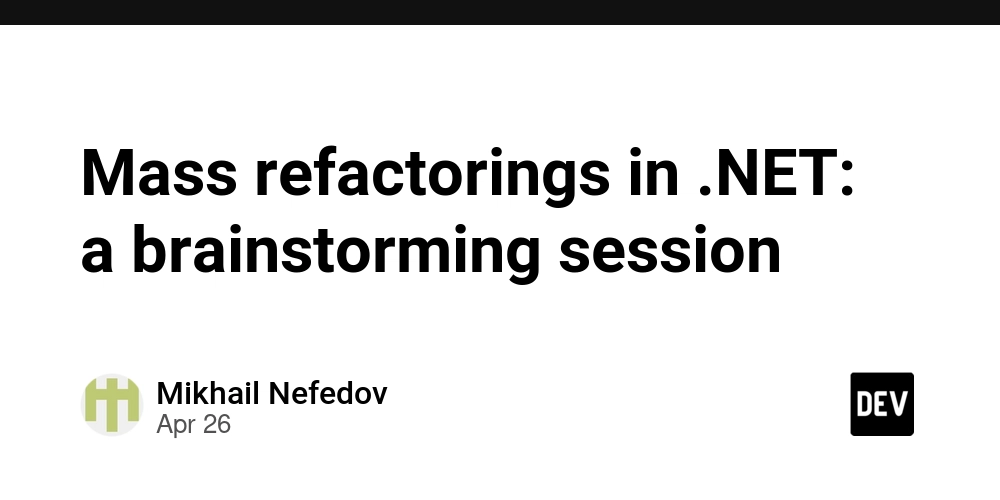
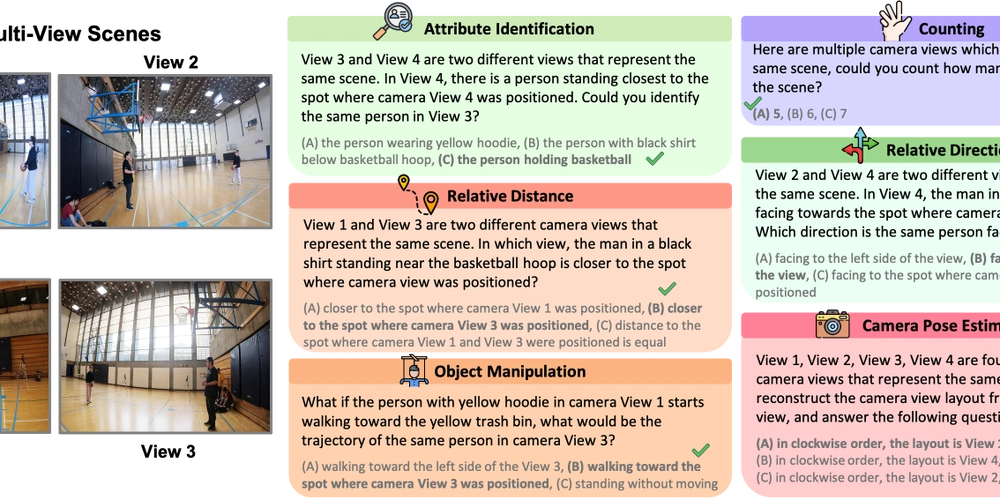
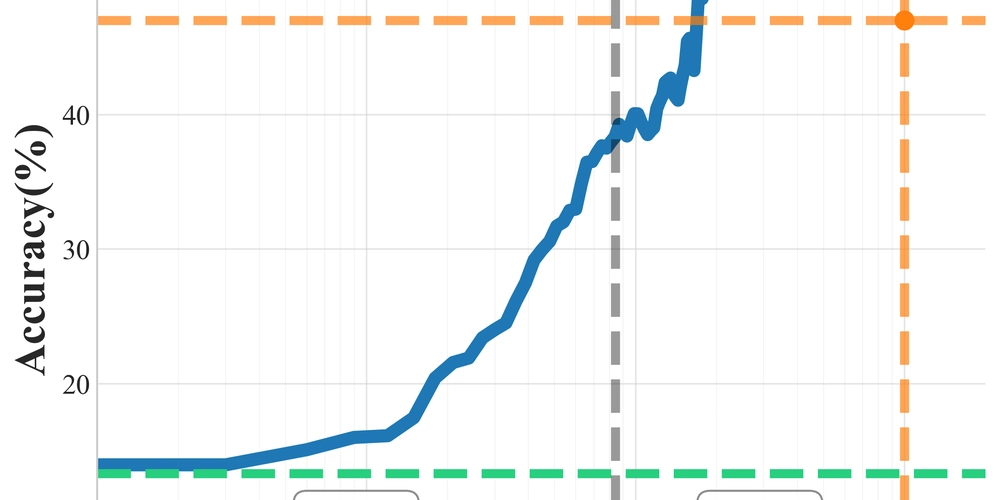
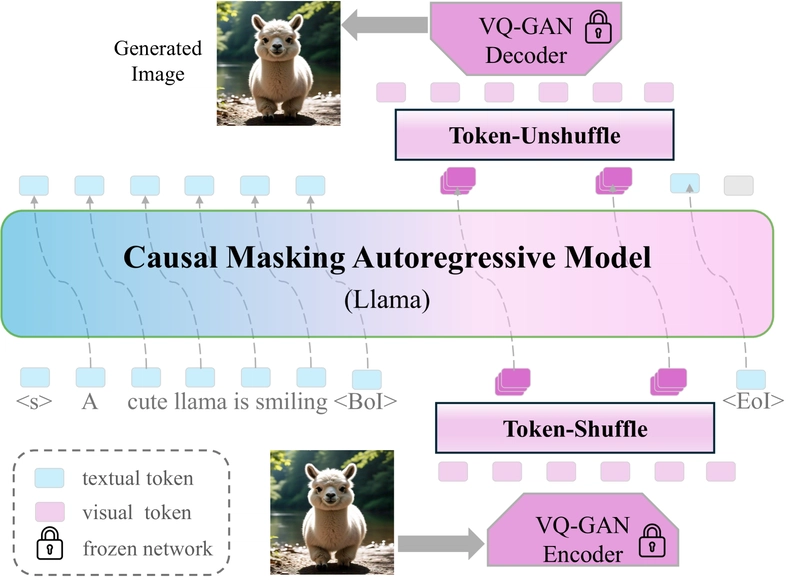











![[FREE EBOOKS] AI and Business Rule Engines for Excel Power Users, Machine Learning Hero & Four More Best Selling Titles](https://www.javacodegeeks.com/wp-content/uploads/2012/12/jcg-logo.jpg)












































































































































































































































![This new Google TV streaming dongle looks just like a Chromecast [Gallery]](https://i0.wp.com/9to5google.com/wp-content/uploads/sites/4/2025/04/thomson-cast-150-google-tv-1.jpg?resize=1200%2C628&quality=82&strip=all&ssl=1)













![Apple Drops New Immersive Adventure Episode for Vision Pro: 'Hill Climb' [Video]](https://www.iclarified.com/images/news/97133/97133/97133-640.jpg)

![Most iPhones Sold in the U.S. Will Be Made in India by 2026 [Report]](https://www.iclarified.com/images/news/97130/97130/97130-640.jpg)
![Apple to Shift Robotics Unit From AI Division to Hardware Engineering [Report]](https://www.iclarified.com/images/news/97128/97128/97128-640.jpg)




































































































































